Hélène Gravel’s house sits on Roxham Road near Canada’s most famous illegal border crossing, used by migrants leaving the United States to seek asylum up north. She has watched with increasing frustration as a bitter winter has failed to stanch record inflows and as New York City even began buying bus tickets for migrants headed her way.
“There’s no political will to fix this,” Gravel (77) said in her driveway, a stone’s throw from the border.
“Canada is soft,” she said, adding that asylum seekers should be processed at official border crossings. “And the United States doesn’t care because this is nothing compared with what’s happening on their southern border.”
Although the numbers of migrants at the southern border of the US are far higher, the numbers entering Canada are also surging.
Nearly 40,000 migrants crossed unlawfully into the country last year – more than double the number in 2019 – and the number arriving monthly has spiked recently, including almost 5,000 people in January.
Facing labour shortages, Canada is opening its doors much wider to legal migrants and recently committed itself to significantly raise the number of legal immigrants and accept 1.5 million newcomers by 2025.
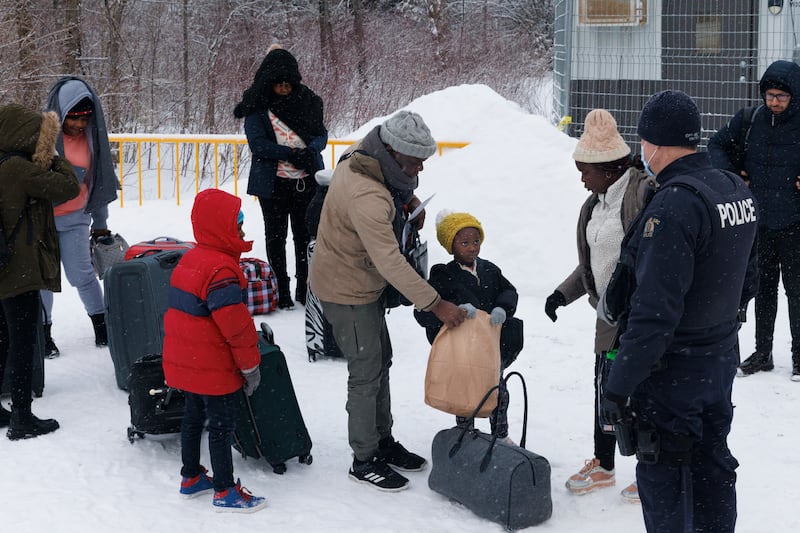
But an extraordinary pandemic-era movement of migrants across the world, fuelled by economic misery and growing insecurity in many countries, has put Canada in an unusual position.
Shielded by geography, strict immigration policies favouring the educated and skilled, and its single border with the US, Canada is now being forced to deal with an issue that has long bedevilled other wealthy western nations: mass illegal border crossings by land.
Using the kind of anti-migrant language rarely heard in Canada, opposition politicians are calling on the government to deploy the police to shut down the Roxham Road crossing and said that Quebec, the province absorbing many of the migrants entering illegally, “is not an all-inclusive” holiday “package”.
The surge in asylum seekers from around the world – who are entering Canada illegally through the US – is also complicating a planned visit to Canada in March by President Joe Biden, as he and prime minister Justin Trudeau both face increasing domestic pressure to deal with unlawful migration at their borders.
François Legault, the premier of Quebec, and opposition politicians are pressing Trudeau not just to close Roxham Road. They also want him to renegotiate a 2004 treaty with the US that they say has fuelled illegal crossings. Canada’s highest court is expected to rule on the treaty’s constitutionality this summer.
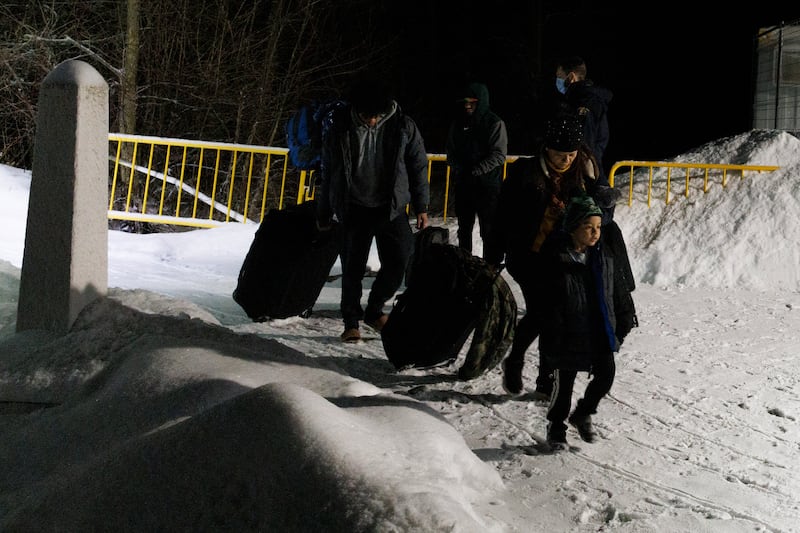
At Roxham Road, migrants are warned by Royal Canadian Mounted Police officers that they will be arrested and charged with unlawfully entering Canada.
But once charged, they are quickly released.
Usually after a few months they can start working and receiving health care and other social benefits in Canada while their applications are processed. Many migrants are sheltered at government-paid hotels for extended periods, and children are enrolled in public schools.
Trudeau, who has spoken loftily about welcoming refugees in the past, has toughened his stance recently by stating explicitly that the federal government is working on renegotiating the treaty and will raise the issue when he meets with Biden. His shift in tone comes as the Biden administration announced a renewed crackdown on migrants crossing illegally into the US.
Experts say it is not in the Biden administration’s interests to change the treaty, which could lead to more asylum claimants in the US. The US ambassador to Canada, David L Cohen, expressed scepticism about renegotiating the agreement in an interview with the Canadian Broadcasting Corp, the public broadcaster.
With complaints mounting that Quebec was unfairly shouldering the cost of taking care of asylum-seekers, the federal government has transferred thousands of them to communities in the neighbouring province of Ontario, where local officials are now also protesting that they are overwhelmed.
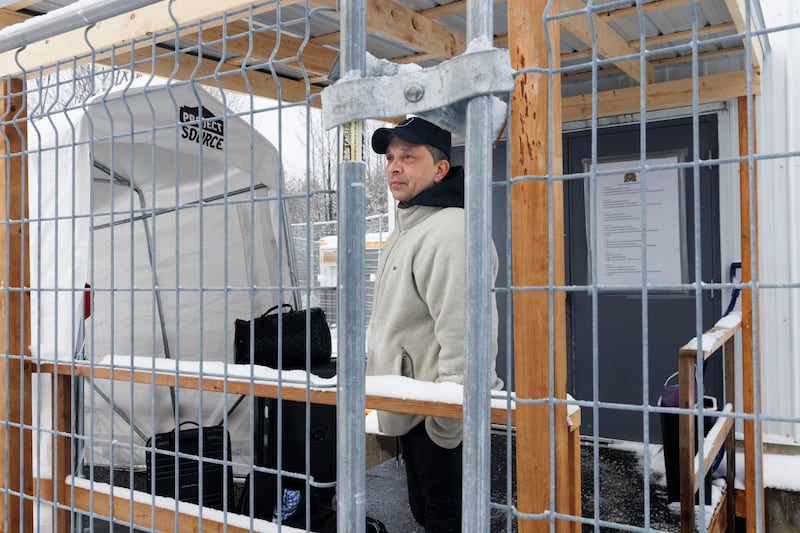
“The reality of global migration in the 21st century is catching up with us,” said Karine Côté-Boucher, a sociologist and expert on borders at the University of Montreal. “Irregular migration is new to us, and it’s a shock for everyone.” Starting in the frigid predawn hours one recent morning, more than 70 people with luggage trudged up to a narrow, snow-covered footpath to enter Canada at the Roxham Road crossing, in Saint-Bernard-de-Lacolle, a village about 65km south of Montreal in Quebec.
They included a young Venezuelan couple with a child in a stroller, a family from Angola and young men from Turkey. A 55-year-old man from Venezuela said he had gravitated to Roxham Road after learning about it online. So, too, had a young Zimbabwean woman pulling a zebra-striped suitcase who said she was seeing snow for the first time in her life.
Joy Awulabah (43) and her nine-year-old daughter crossed into Canada at Roxham Road last October and are living at a hotel in Cornwall, a small town in Ontario where hundreds of asylum seekers are now being sheltered.
Awulabah, who is Nigerian, said her problems stemmed from abuse she suffered at the hands of her husband’s family. She fell into a severe depression, attempted suicide and then decided she had to leave her country.
“I started Googling Canada because I started hearing people talk about it,” Awulabah said as she waited for a city bus. “And I saw that Canada is a great country, and they have some good Nigerian churches.”
Awulabah, who already had a visa to the US, borrowed money from friends to fly to Kennedy Airport in New York. There, a taxi driver from Mali, another country in west Africa, took her and her daughter to the Port Authority Bus Terminal in Manhattan, where they used the little money they had to buy tickets for a bus to Plattsburgh, in northern New York, just south of the Canadian border.
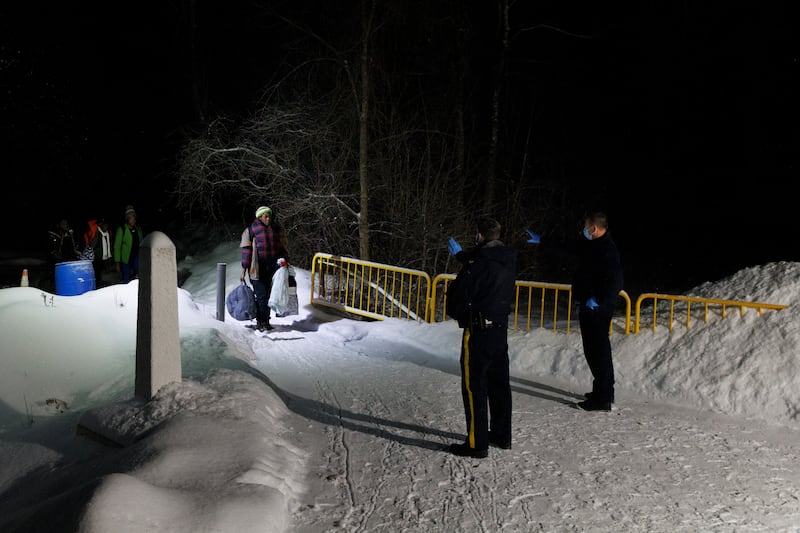
Seven hours later in Plattsburgh, another migrant, from Cameroon, a country neighbouring Nigeria, gave Awulabah $40 (€38) to help pay for the final taxi ride to the border. Three days after landing in New York, Awulabah and her daughter walked into Canada through Roxham Road.
“I was scared. I thought, after crossing the border, that I would have to find my way into town and see what I could do to help myself and my daughter,” she said, recalling instead how government officials offered assistance.
“I was taken care of,” Awulabah said. “Later, they said: ‘Don’t worry. You eat something.’ They gave us some drinks, snacks. I said: ‘God, are you serious?’” Her daughter now goes to school, and Awulabah wants to move into an apartment as soon as she obtains a work permit while her asylum application is being processed.
Under a treaty between Canada and the US called the Safe Third Country Agreement, asylum seekers from a third country must file their applications in the US if they arrive there first – or in Canada if that is their first point of landing. So asylum seekers trying to enter Canada from the US at official border crossings are refused entry and returned to the US.
But the same agreement also contains a loophole that allows asylum seekers to cross illegally into Canada, at Roxham Road or any other unofficial border crossing, and apply in Canada – even though they were in the US first.
Of the 81,418 people who have crossed illegally into Canada since February 2017, 37 per cent had their applications approved. A little more than 34 per cent were rejected, or abandoned or withdrew their applications. The applications of 28 per cent are still pending.
The treaty rests on the premise that both the US and Canada process refugee claims in accordance with international refugee laws.
But refugee advocates have long argued that the rights of asylum seekers are not sufficiently protected in the US, where they risk detention or deportation to countries they fled.
The federal court of Canada in Ottawa, Ontario, agreed with the advocates, ruling in 2020 that the treaty violated Canada’s constitution. That ruling, however, was overturned on appeal, and now the supreme court of Canada is expected to issue a final judgment this summer.
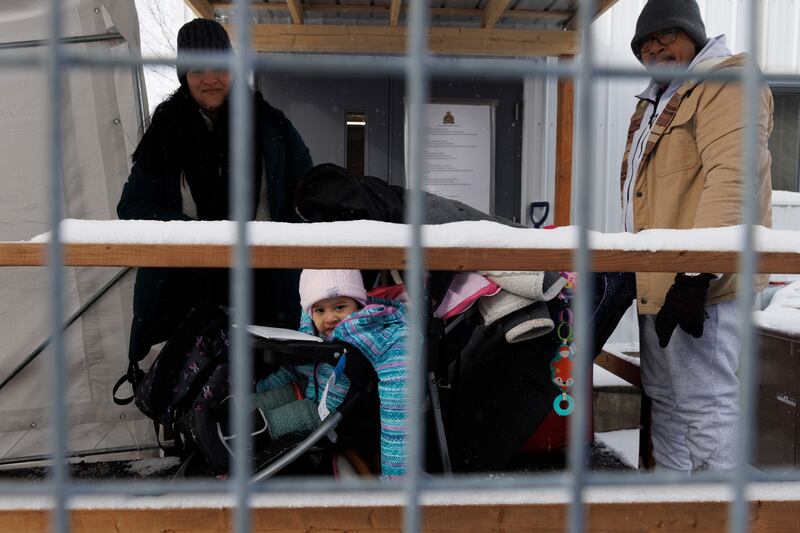
Advocates argue that the US is becoming increasingly unsafe for migrants seeking asylum as the Biden administration moves to make it easier to quickly deport them. Even officials in liberal cities such as New York have started busing them elsewhere. “The fact that Biden is getting tougher reinforces the argument that the US is not a safe country for asylum seekers and that it doesn’t meet its international legal obligations regarding human rights and the reception of asylum seekers,” said France-Isabelle Langlois, the director general of Amnesty International for francophone Canada.
Amid the focus on the treaty, Langlois said, “we’re losing sight of the fact that these are human beings who are fleeing very, very difficult situations”. She added: “These are not bad people, even those whose applications are ultimately rejected. We can’t forget that, basically, these people are seeking to improve their lot, as we would all do.”
As the supreme court weighs the fate of the treaty, migrants continue to flow through the Roxham Road crossing, intensifying demands that it be closed.
But simply shutting it down, experts said, would likely push migrants to try to cross into Canada through more dangerous points along the country’s 9,000km border with the US.
“It’s very unclear,” said Laura Macdonald, a political scientist at Carleton University, “how you would keep out tens of thousands of asylum claimants who think they have the right to cross the border from doing so.” – This article originally appeared in The New York Times










